Description
Specifications:
Display:
Size: 15.6 inches — A larger screen size, great for users who need more space for productivity, web browsing, and watching videos. The larger screen is also beneficial for multitasking with multiple windows open.
Resolution: Likely HD (1366×768) or Full HD (1920×1080) depending on the specific configuration. Full HD would offer sharper text and images, but if it’s HD, it would still be suitable for basic tasks.
Panel Type: Typically, this would be a TN (Twisted Nematic) panel, which is cost-effective but has poorer viewing angles and color accuracy compared to IPS panels.
Processor:
Intel Celeron: The Intel Celeron processor is an entry-level CPU designed for basic computing tasks like web browsing, office productivity, and video streaming. It is not suitable for resource-intensive applications like video editing, gaming, or running multiple heavy programs simultaneously.
Performance: Expect lower processing power than more expensive chips like Intel Core i3, i5, or i7. It’s best for lightweight tasks and won’t handle complex multitasking or demanding software well.
Memory:
4GB RAM: This is a modest amount of RAM, suitable for light web browsing, document editing, and watching videos. However, if you plan on multitasking with many apps or having multiple browser tabs open, you may notice some slowdown. For more intensive tasks, upgrading to 8GB RAM would significantly improve performance.
Storage:
500GB SSD: An SSD is a significant upgrade over a traditional hard drive (HDD) and will result in faster boot times, quicker file access, and generally better performance. 500GB provides decent storage for documents, media files, and some applications. While it’s not the largest capacity available, it’s sufficient for light to moderate users.
Graphics:
Integrated Intel UHD Graphics: The Intel UHD graphics (integrated into the Celeron processor) are suitable for basic tasks like watching videos, light photo editing, and casual web browsing. They are not designed for gaming or heavy graphical workloads like video editing or 3D rendering.
Battery Life:
Expect a decent battery life of around 4 to 6 hours depending on the workload. Basic tasks like browsing and word processing will extend the battery life, while more intensive tasks will shorten it.
Build Quality:
The Dell Inspiron 3583 features a standard plastic build, which is common for budget laptops. While it won’t be as premium or durable as higher-end models, it should handle everyday use without issues. The laptop is lightweight and portable, which makes it a good choice for users who need a laptop on the go.
Ports & Connectivity:
USB 3.1: For fast data transfer.
USB 2.0: For basic peripherals like a mouse or keyboard.
HDMI: For connecting the laptop to external monitors or projectors.
Wi-Fi 5: Decent wireless performance for web browsing and media streaming.
Bluetooth 4.2: For connecting wireless devices like headphones and speakers.
SD card reader: For transferring files from cameras or other devices.
Ethernet port (RJ45): For wired internet connections.
Operating System:
Typically, this laptop would come with Windows 10 Home or Windows 11 Home pre-installed, depending on the model year. The operating system will handle basic tasks well but could feel slow with multiple apps running at once, especially on the limited 4GB RAM.
Pros of this Configuration:
SSD Storage: The 500GB SSD is a major advantage, providing faster performance, quicker boot times, and responsive application launch compared to traditional HDDs.
Affordable Price: The Intel Celeron processor and 4GB RAM keep the price of this laptop low, making it a good choice for users on a budget.
Large Display: The 15.6-inch screen offers ample space for productivity and media consumption without the added weight of larger, higher-end laptops.
Lightweight and Portable: The laptop is portable enough for students or anyone needing an affordable laptop for basic use on the go.
Potential Downsides:
Limited Performance: The Celeron processor and 4GB RAM will struggle with demanding tasks like gaming, video editing, or multitasking with many applications open. It’s best suited for light tasks.
Low RAM: With only 4GB RAM, multitasking may be slower, and performance may degrade if you open too many applications or tabs. Upgrading to 8GB is highly recommended for a smoother experience if your budget allows.
Display Quality: The HD or lower resolution and likely TN panel will not provide the best viewing angles or color accuracy. It’s functional for casual use but may not be ideal for tasks that require a high-quality display, like photo editing.

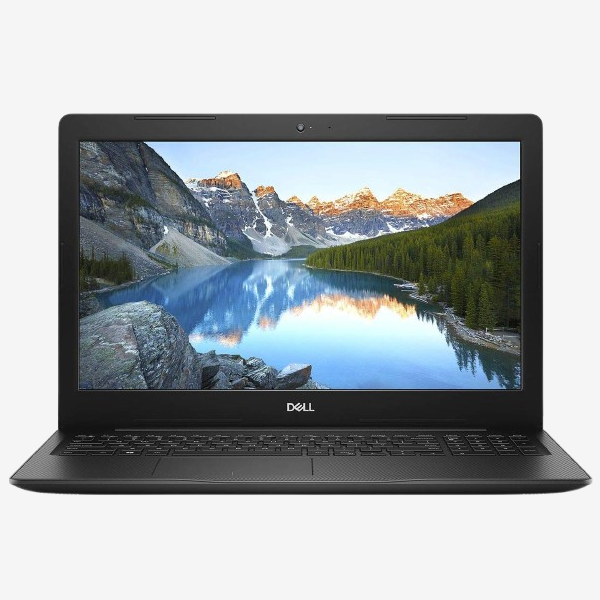
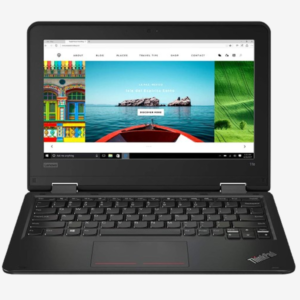
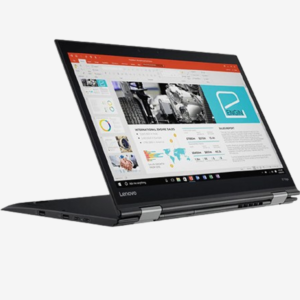
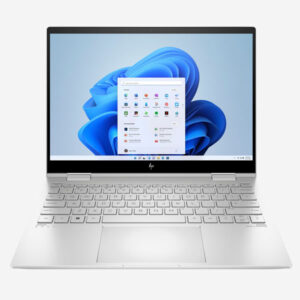
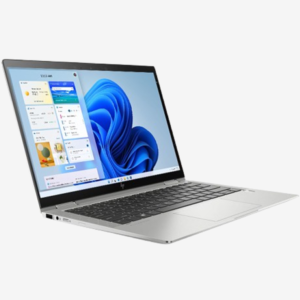

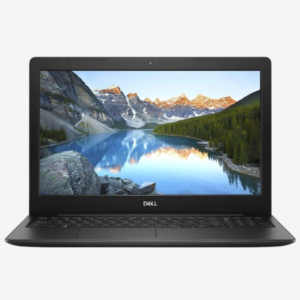
Reviews
There are no reviews yet.